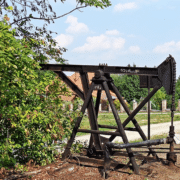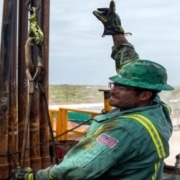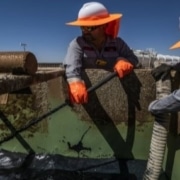Updated: July 25, 2022
Made for those who are new in this industry, oil and gas leases for dummies is a quick guide on some of the basic ins and outs of the industry’s most commonly asked questions. Below, we will outline some beginner-friendly information in order to give you a good foundation for understanding how an oil and gas lease works.
What is an Oil and Gas Lease?
An Oil and Gas lease is a common agreement between a property owner and an oil and gas company, giving the company permission and access to produce valuable minerals from the property owner’s land.
How Does an Oil and Gas Lease Begin?
More often than not, an oil and gas company will determine that a piece of land is likely to be a highly producing plot for oil, gas, or other valuable minerals. They will then approach the owner of the land and offer to lease it in order to explore and drill below the surface.
If you are a mineral rights or surface rights owner being approached by an oil and gas company that would like to lease your land, it is highly suggested that you speak to a professional before agreeing to anything. Doing so will enable you to earn the highest possible royalty from any oil or gas produced from your land.
When Does an Oil and Gas Lease End?
Although all contracts are different, most oil and gas leases follow a familiar format. Initially, there is a primary lease term with an ending date that is honored if the land is not actually drilled or producing minerals. If the land is being actively explored or mined, then the lease will go into its secondary term. In the secondary term, an oil and gas lease will end on a specified date or after a predetermined period of idleness such as 60 or 90 days.
Should I sign an Oil and Gas Lease?
As mentioned above, it is always best to consult a professional before signing an oil and gas lease. If you are a mineral rights owner and are approached to sell or lease your rights by an oil and gas company, you may be headed towards a profitable venture if you take the right steps to fully understanding your oil and gas lease.









